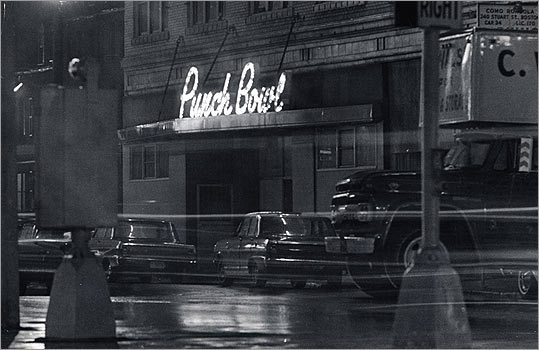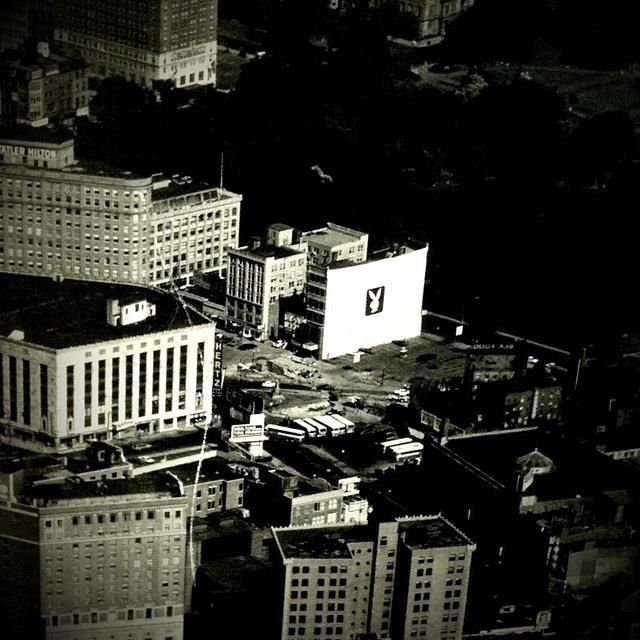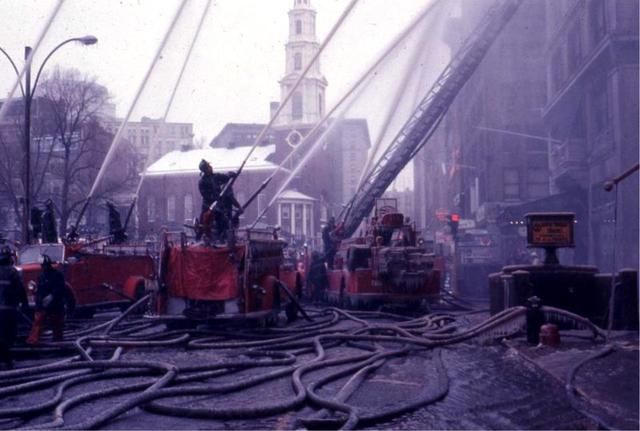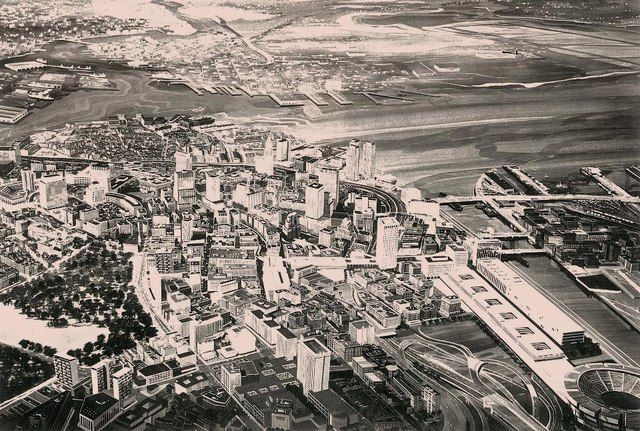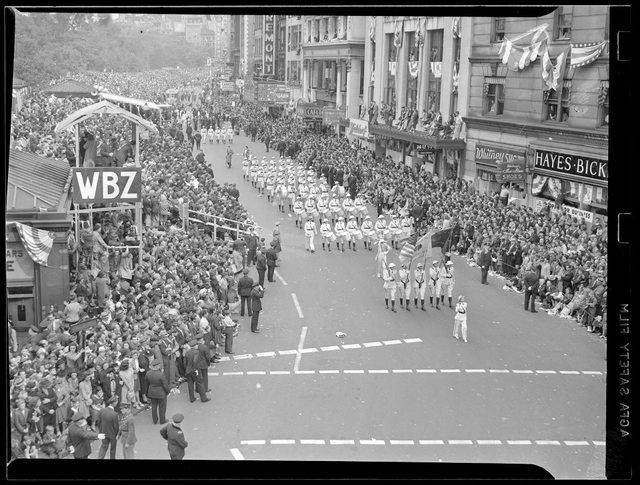It's not much but I call it home.
I found a couple of excellent things while researching the South End Urban Renewal plans from the 1960's.
The first image is a map of the South End circa 1962, courtesy of the Boston Redevelopment Authority. The second image is a map of the South End circa 2006, courtesy of Google.
In the 1962 map,"Shaded areas [are] considered by Cap't Mahoney (Boston Police Department) as worst areas in South End for crime and vice".
A: In the top middle area of the first map there's a big shaded blob, located between Tremont Street to the left, Albany Street to the top, Shawmut Ave to the right, and Dover (now, East Berkeley) Street to the bottom. During that time, there were multi-family homes on narrow city streets in this area. These were filled with "Houses of Prostitution" according to the Captain. In the middle of the blob, people went to "Meet the 'Girl' (or is it 'Gent'?)"
B: Diagonally from this is another blob. These were also "Houses of Prostitution" and "Derelicts". Something else, too, but I can't figure out what it says - Nilolies??
If you trace around the top border to the left you eventually come to the left side of the map. At the upper left corner, you're looking at Dartmouth Street coming in from the Back Bay where it hits Columbus Ave.
C: Right next to that you see a darkened, narrow tube running down much of Columbus Ave toward Massachusetts Ave. Toward the end, you see two dark balls to either side of the street. A block behind that is where you hit Massachusetts Ave.
This large and dark phallus goes all the way down Columbus Ave. The police department said that this area was rife with "Major Problem Bars". Not so much the side streets, perhaps, not West Canton or Braddock or Claremont Park or Wellington, but the buildings facing Columbus Ave on both sides.
D: The smaller phallus seems to be covering Tremont Street's off-streets such as Rutland Square and Concord Square and W Concord Street and Rutland Street and West Newton Street. Here, the problem was "Dope Peddling".
E: The last major crime and vice area was below this, to the other side of Massachusetts Ave, in Lower Roxbury, heading on to Dudley Square. Here, "Prostitutes to be picked up in cars - Meet in Castle Square".
So, current day, things are quite different. Based on what I've read or guessed:
A: This blob (hundreds of buildings) was torn down and became a massive public housing project known as Castle Square. It also has a second component, I believe, an elderly housing apartment complex.
B: The second, smaller blob was a series of buildings facing Dover Street (now, East Berkeley Street) and part of Shawmut Ave. It's possible it included what's now Peter's Park - for many years it was an abandoned lot (as was the lot across the street). It's possible the park came about as a result of the urban renewal plan. Several buildings on that end of Shawmut Ave were torn down while new buildings went up on empty lots.
C: The two sides of Columbus Ave going all the way down from Dartmouth Street to Massachusetts Ave shows trouble. There were plenty of problem bars on these blocks. It appears they tore all the old buildings down and replaced them with monolithic 12-story public-subsidized apartment complexes that went up every couple of streets.
D: The drug peddling on West Springfield and Worcester Street got cleaned up by opening a public school on Worcester Street and by adding public housing to W Newton Street and Rutland Street and reinvigorating the United South End Settlements organization.
E: The Girls waiting to get picked up to be driven to Castle Square I don't know about. I estimate the location to be the site of what is now the CVS (what was Liquor Land). These could have been built after residential housing was torn down or maybe it was just a place to hang out, in the taverns and clubs in that corner of the neighborhood. Much of that area is still kind of wiped out - perhaps what was ever there was just never built.
The third document is a page from the South End Urban Renewal plan discussing plans to relocate many residents of the South End - over 5,100 people will be displaced. They've revised the estimate to be below 20% of the population.
These people need to be relocated because the housing they live in is poorly-constructed and maintained and in danger of falling apart and, in many cases, are inhabited by many more people than they were built for. Many of those who will be relocated will remain somewhere in the city of Boston, just in other neighborhoods, while some may make it back into some of the newly constructed buildings, many of which will be designated as "affordable housing".









